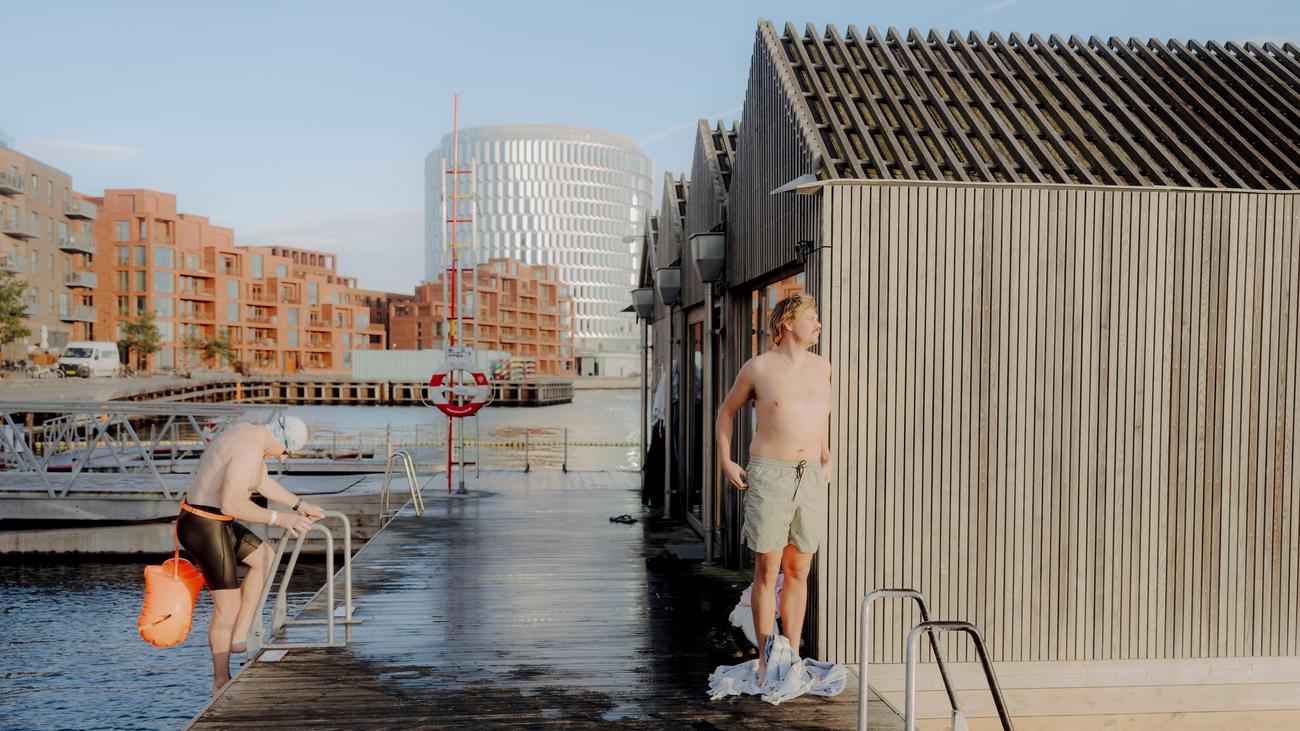
Industrial Symbiosis: The Danish Approach to Sustainable Innovation
Nestled in the heart of Copenhagen, amidst the iconic City Hall and the beloved Tivoli Gardens, stands a sleek glass and steel edifice. A beacon of progress as imposing as its neighbors, this structure proudly houses the Industriens Hus (House of Industry), a testament to Danish ingenuity and innovation.
Within its hallowed halls reside over 20,000 Danish businesses, representing a vibrant industrial landscape. Ascending to the first floor, visitors are greeted by the House of Green, a sanctuary dedicated to promoting sustainable practices.
Spanning an impressive 400 square meters, the House of Green invites exploration. In its center, a seating area composed of illuminated white blocks beckons guests to engage in thought-provoking discussions. Here, statesmen, industry leaders, and researchers from around the globe congregate to witness firsthand how Denmark has transformed climate action into an alluring endeavor.
In the hallowed halls of the House of Green, the Danish approach to sustainability unfolds. Far from eliciting the divisive rhetoric that often plagues environmental discourse in other nations, Denmark has forged a path of discovery, innovation, and elegance.
The Symbiotic Model
Central to Denmark’s success is the concept of industrial symbiosis, a collaborative framework that enables businesses to share their byproducts and waste streams, creating a circular economy. By integrating these resources into their operations, companies minimize waste while maximizing resource utilization.
Among the pioneers of this symbiotic approach is the Kalundborg Symbiosis, established in 1972. A testament to the power of cooperation, this network connects neighboring industries, enabling them to exchange steam, energy, water, and other materials.
By embracing industrial symbiosis, Denmark has reaped innumerable benefits. Not only has the country significantly reduced its environmental footprint, but it has also fostered economic growth and competitiveness. The collaborative nature of these partnerships has fostered a culture of innovation, leading to the development of groundbreaking technologies and solutions.
A Holistic Approach
The House of Green epitomizes Denmark’s holistic approach to sustainability. It showcases a wide range of initiatives that extend beyond industrial symbiosis, encompassing energy efficiency, renewable energy, and sustainable transportation.
The Danish government has played a pivotal role in fostering this green transformation. By providing tax incentives, research funding, and regulatory support, Denmark has created an environment conducive to sustainable development.
A Model for the World
As the world grapples with the urgency of climate change, Denmark’s experience offers invaluable lessons. The House of Green serves as a living testament to the transformative power of collaboration, innovation, and systemic thinking in addressing environmental challenges.
By adopting a holistic approach and empowering businesses to work together, Denmark has demonstrated that climate action can be intertwined with economic growth and social progress. The House of Green stands as an inspiration, inviting nations around the globe to embrace the Danish model and forge their own paths towards a sustainable future.
